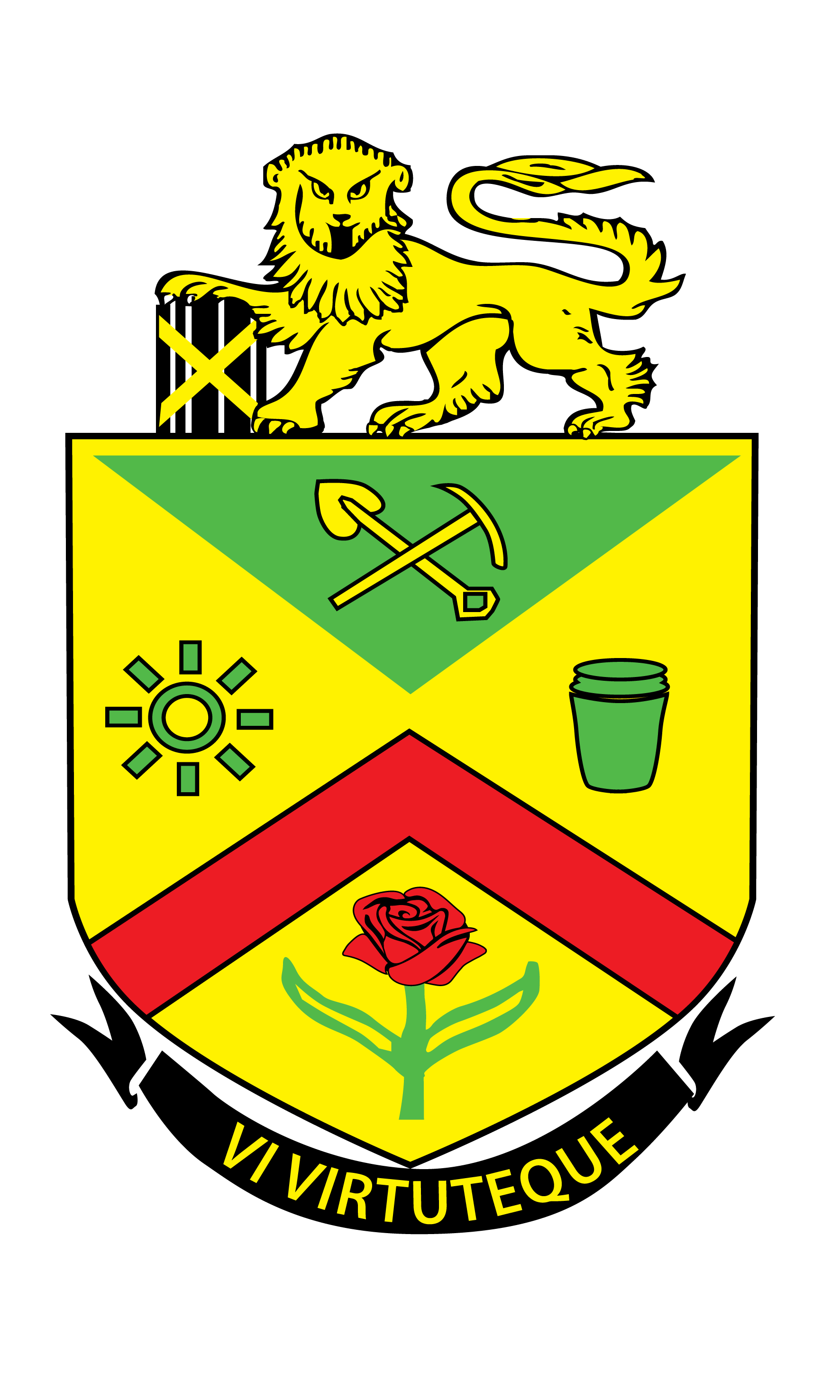
Health
Occupational lung disease
This group of abnormal lung diseases is usually associated with the inhalation of dust particles, fumes, gases or vapours emanating in an individual’s working environment. In the South African mining sector the most prevalent of these diseases are silicosis and pulmonary tuberculosis.
Silicosis
Silicosis is a disabling and often fatal lung disease caused by breathing dust which contains minute particles of crystalline silica. Crystalline silica is found in concrete, masonry, sandstone, rock, paint, and other abrasives. The cutting, breaking, crushing, drilling, grinding, or arasive blasting of these materials may produce fine silica dust. It may also be found in soil, mortar, plaster, and shingles. Tiny silica dust particles can be infused in the air and become trapped in the lungs. As the dust builds up in the lungs, it becomes harder to breathe with the damage that is caused.
NIHL
What is NIHL?
NIHL occurs progressively amongst individuals who are consistently exposed to high noise levels . In terms of South African legislation these levels are pegged at levels in excess of 85dBA. NIHL is a compensable condition in the South African labour environment. The majority of operating mines in South Africa have introduced a number of hearing protection devices, along with engineering controls and a medical surveillance programme, which helps to indicate early signs of damage, in order to reduce employees’ exposure to excessive noise levels.
Hypertension
Hypertension, also known as high blood pressure, is a chronic medical condition in which the pressure or tension on the arteries is increased. Hypertension is especially dangerous because it often has no symptoms and can go undetected for years. Hypertension cause the heart to work harder than it should to pump blood to distant tissues and organs and if this pressure is not controlled, the heart enlarges and arteries become scarred, hardened and less flexible.
This can result in heart disease, kidney disease, the hardening of arteries, eye damage and strokes. Hypertension is caused by a number of factors, including genetics, underlying diseases and lifestyle.
More than 6,2 million South Africans have blood pressure higher than 140/90 mm Hg. More than 3,2 million of these have blood pressure higher than 160/95 mm Hg, a level which is unacceptably high, according to researchers. An estimated 53 men and 78 women die in South Africa each day from the impact of hypertension.
As part of the drive towards a Zero Harm working environment, the need to monitor and manage hypertension among employees is becoming increasingly important and companies should encourage employees to go for regular blood pressure check-ups, while also communicating the causes and warning signs for the disease.

